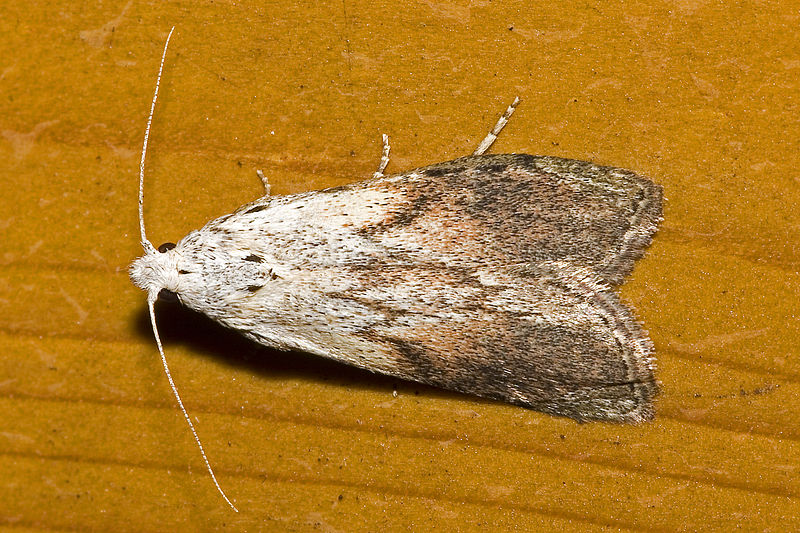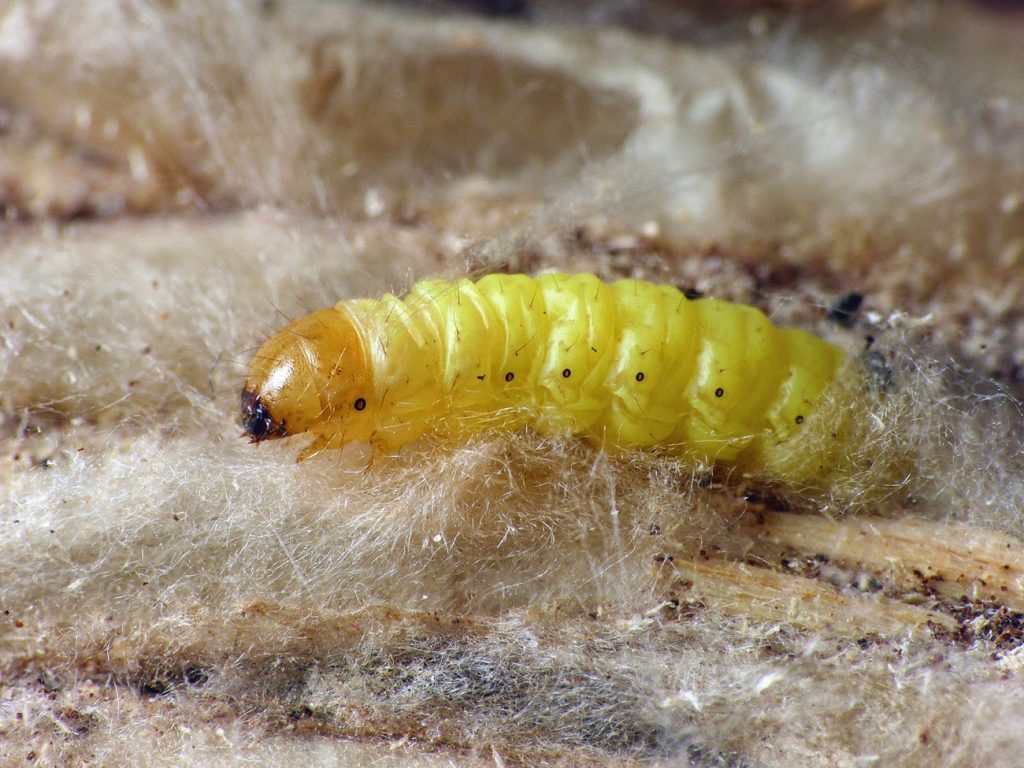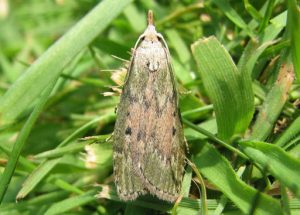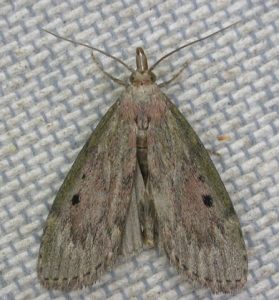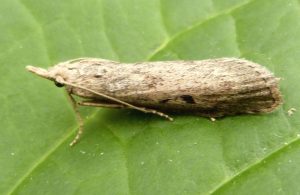Bee Moth (Aphomia sociella)
Bee moth of the snout moth family earns its name since it mostly lays its eggs in the bee and wasp’s nests. It is primarily native to Europe though its population has spread to Asia and parts of North America.
en.wikipedia.org
Scientific Classification
- Family: Pyralidae
- Genus: Aphomia sociella
- Scientific Name: Aphomia
Description and Identification
Pupa
The pupa is white or yellow at the onset but later changes to brown.
Adult Moth
Sexual Dimorphism: Present
The males are more brightly-colored and also have a distinct pattern in comparison to their female counterparts.
Color and Appearance
Forewings: When opened, the forewings are reddish-brown, dark green, or tan, with the female bee moths having a dark spot in the middle. When closed, the pattern is the same, but the spot may not be seen.
Hindwings: When opened, they are tan with a pale and glossy look. When closed, there is no change as such.
Average Wingspan: 1.8 – 4 cm
Flight Pattern: Not recorded
Season: June – August
Eggs
The females mostly lay their eggs on bumblebee and wasp and hornet nests, particularly common aerial yellowjacket, buff-tailed bumblebee, bald-faced hornet, and German wasp. They choose nests that are more exposed and elevated, rather than those close to the ground. In this way they would not have to care too much to protect their eggs from predators.
Quick Facts
| Other Names | Bumble bee wax moth |
| Distribution | Europe, Asia, Britain, parts of North America (California, Connecticut, New York, Virginia, Utah) |
| Habitat | Mostly within beehives |
| Predators | Not recorded |
| Lifespan of Adults | Not recorded |
| Host Plants | Flowering plants, trees, and bushes where the wasps, hornets, and bumblebee makes their nests |
| Adult Diet | Honey, pollen |
Did You Know
- Their mating ritual stands unique, with both the sexes releasing pheromones (chemicals that act like hormones) to attract the other. The male bee moths also emit ultrasonic sounds during the entire process through their tymbals that lie in the front of their tegula (scale-like substance covering the wings).
- The duration of the males’ courting songs, sounding as chirps, is 1122 milliseconds on an average, having a range of about 0.45 meters.
- The bee moth has been described several times, resulting in several scientific names like Aphomia minor (in 1930 by Dufrane) and Aphomia virescens (in 1929 by Skala), which stand invalid at present though.
Scientific Classification
- Family: Pyralidae
- Genus: Aphomia sociella
- Scientific Name: Aphomia

